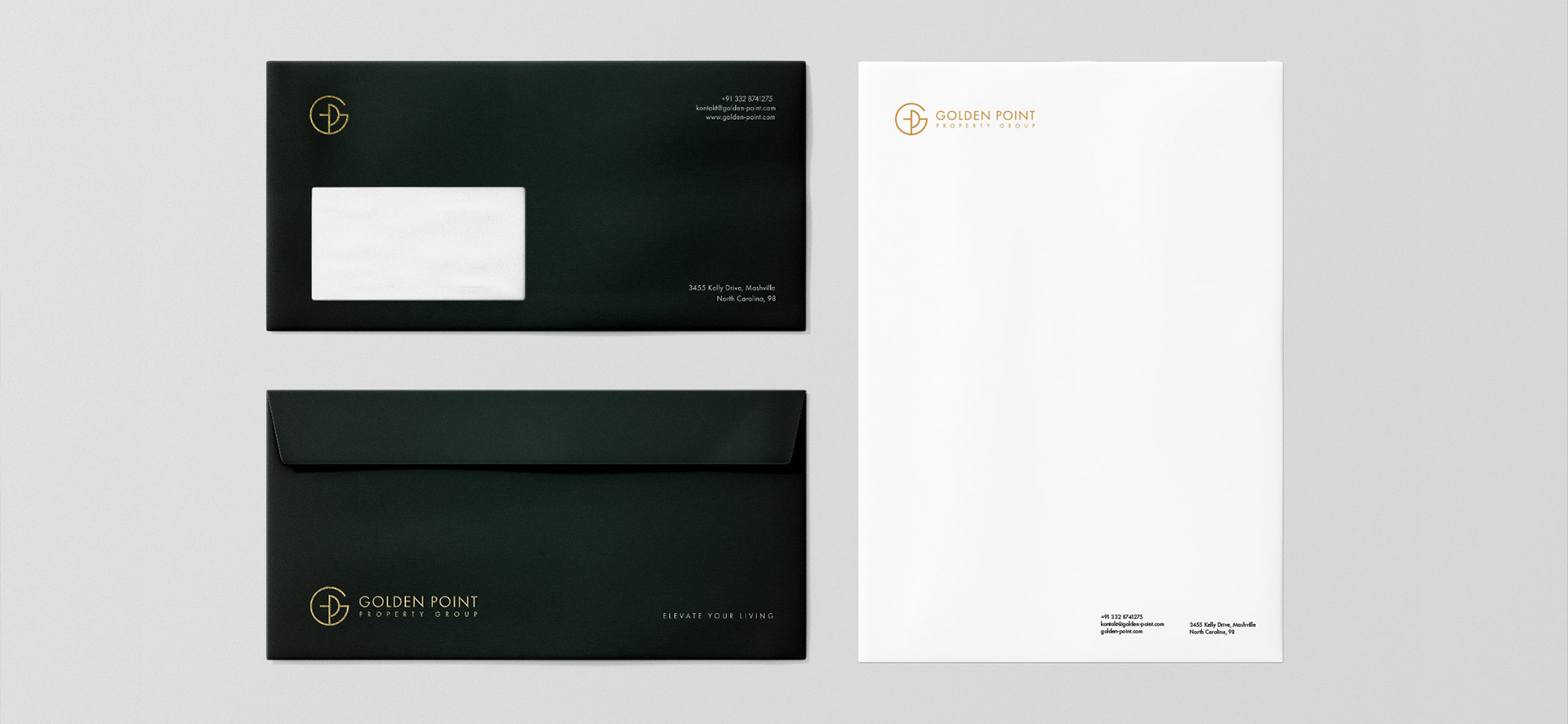Brand identity design is crucial in creating a consistent and memorable brand image. It involves several stages to ensure that the brand's visual and messaging elements are cohesive and effectively communicate the brand's values and personality.
Brand
identity
design
is
crucial
in
creating
a
consistent
and
memorable
brand
image.
It
involves
several
stages
to
ensure
that
the
brand's
visual
and
messaging
elements
are
cohesive
and
effectively
communicate
the
brand's
values
and
personality.




